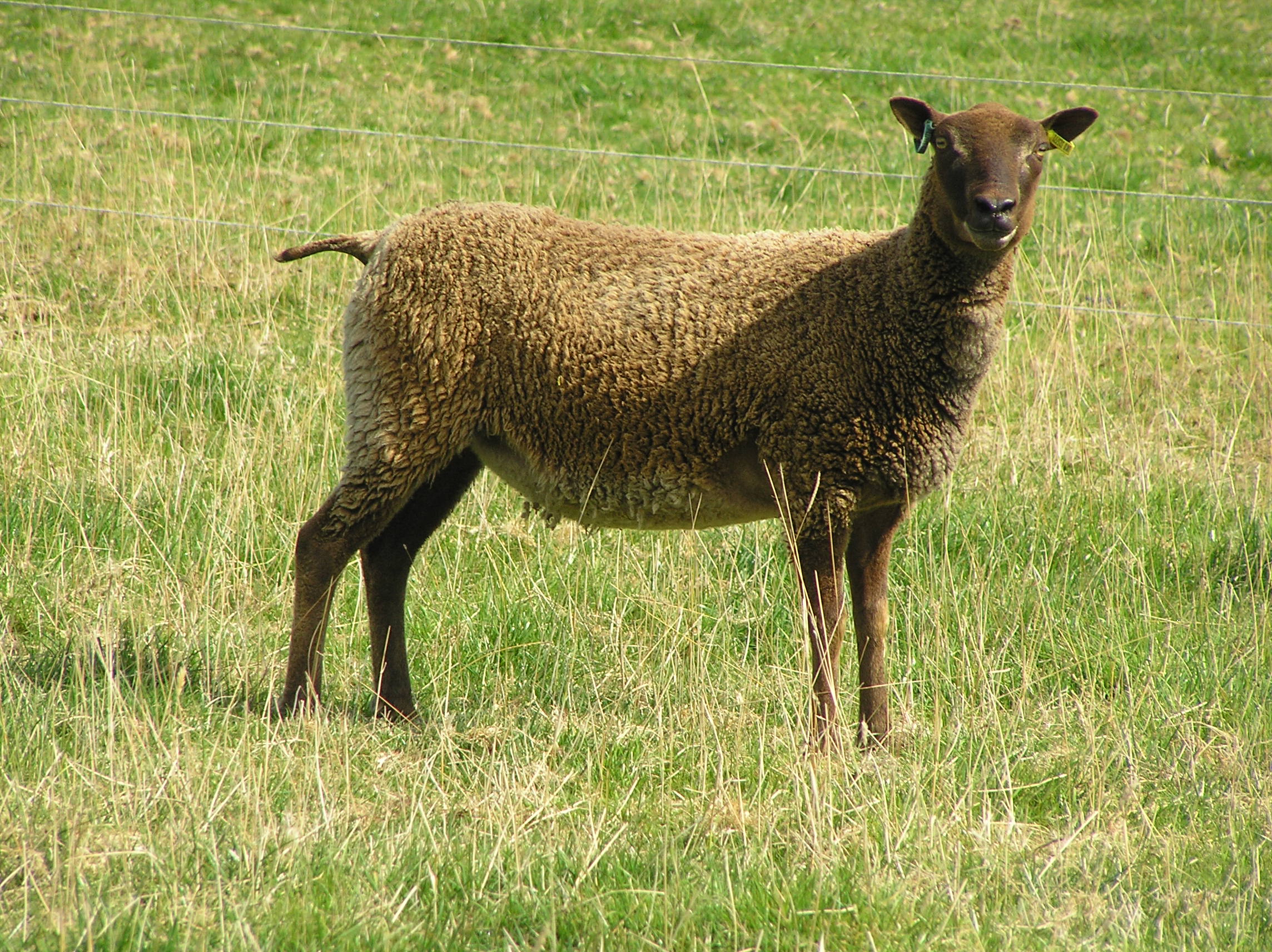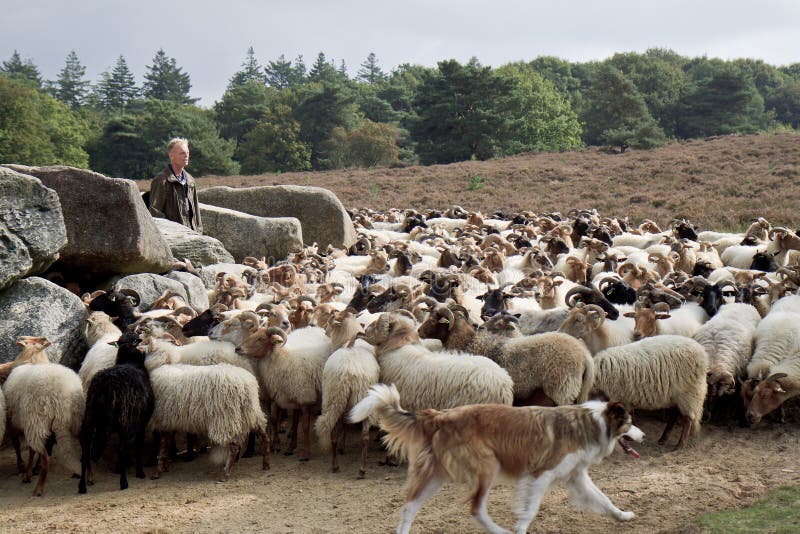

I no longer sell at livestock auctions mainly because I don’t have to. The customers, including the many ethnic customers, caught up and appreciate the milder flavor of hairsheep. In California prices for hair sheep have surpassed prices for wool sheep and in New Holland they are catching up. Originally, the established buyers at auctions resisted hairsheep in general and they fetched lower prices in places like New Holland. – take it from me, you don’t have to worry about anyone getting too fat. However, if you are not intending to feed grain and if you don’t intend to grow your lambs beyond 100 lbs. It is also well established that heavy grain feeding does not suit these medium sized sheep since they thrive on so little. At that weight the fat cover did indeed get too much. I had on occasion lambs butchered that exceeded 110 pounds. That applies to purebred WD market lambs as well.

At that weight there are no problems with too much fat cover whatsoever. while letting some lambs reach weights up to 100+ lbs. I usually harvest my lambs between 80 and 90 lbs. But what about the market lambs getting too fat? While I had no worries about my 1/2 market lambs since the Texel influence was still strong, my anticipation when the first 3/4 market lambs were harvested was great. The ability of this breed to put grass into weight gain is remarkable.

I raise all my sheep and lambs strictly on pasture and feed no grain whatsoever. The shedding process may take some getting used to but will not litter your pasture with wool Photographer: Ulf Kintzel 7/8th exhibit all the traits of purebreds like out-of-season breeding and even many 3/4 look like purebred and shed as well. The percentage of 15/16 is considered purebred. Today I have 1/2, 3/4, 7/8th, and 15/16th White Dorper sheep. They were significantly more reasonably priced and for practical matters were the same.
FLOCKS OF SHEEP FACTS UPGRADE
I used purebred as opposed to full blood White Dorper rams to upgrade my flock. Later on I found out that this was the faster route to accomplish shedding in the offspring. To avoid the coloring and spots that come along with first and second generation cross breeding with Dorper sheep, I decided to go with White Dorper sheep (WD). Although the breed was created in the 1930s, it is still fairly new to the US. Two varieties of Dorper Sheep were created: the black headed Dorper and an all white variety, the White Dorper sheep.

I shear myself and since I wanted to increase the size of my flock I was not looking forward to shearing even more sheep.ĭorper sheep originated in South Africa and were the result of crossing Dorset Horn with Blackheaded Persian sheep. However, Texel sheep breed strongly seasonal, are heat sensitive, have at times problems lambing due to the broad head and shoulders, and they need shearing. My Texel sheep had served me well with their ability to finish on pasture, with their excellent meaty carcasses and with their lambing percentage of over 200 percent. I had a Texel flock of 100 breeding ewes at the time when I bought my first White Dorper rams. I had heard all the negatives about them such as “The lambs get too fat”, “The lambs sell for less money at auctions”, “The pasture will be littered with wool as these sheep shed”, and “They get too cold in the winter”. These ¾ White Dorper female replacement lambs already look very much like purebred White Dorpers Photographer: Ulf Kintzel


 0 kommentar(er)
0 kommentar(er)
